Temporomandibular Joint Disorder (TMD)
TMJ DISORDERS DIAGNOSIS AND TREATMENT
Leading Dental Practice in Warrnambool
Our TMJ Experts in Warrnambool is dedicated to helping you get rid of TMJ pain.
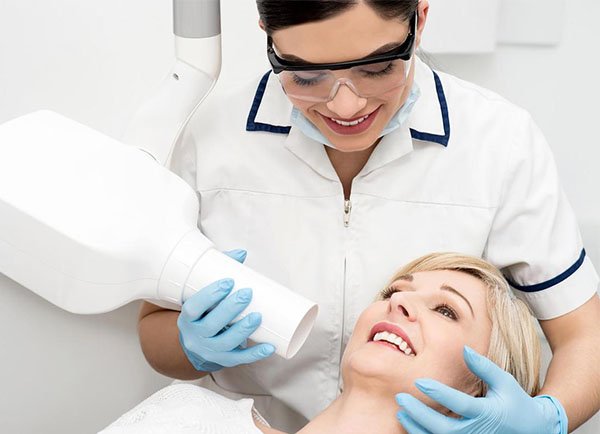
TMJ Treatment Warrnambool
Temporomandibular Joint Disorder, or TMD (sometimes called TMJ), is a set of symptoms associated with the joint connecting the lower jaw to the skull, commonly referred to as the jaw joint.
You can locate the jaw joint by placing your fingers in front of your ear and opening and closing your mouth.
TMD has many causes and symptoms, which could make the diagnosis complicated.
The best approach is to organise a diagnosis with your healthcare physicians and your dentist.
Excellence
Be sure that you will receive the best treatment & experience.
Be assured that our Warrnambool team shall provide you with The Right Choices.
We are committed to excellence in dental care & service.
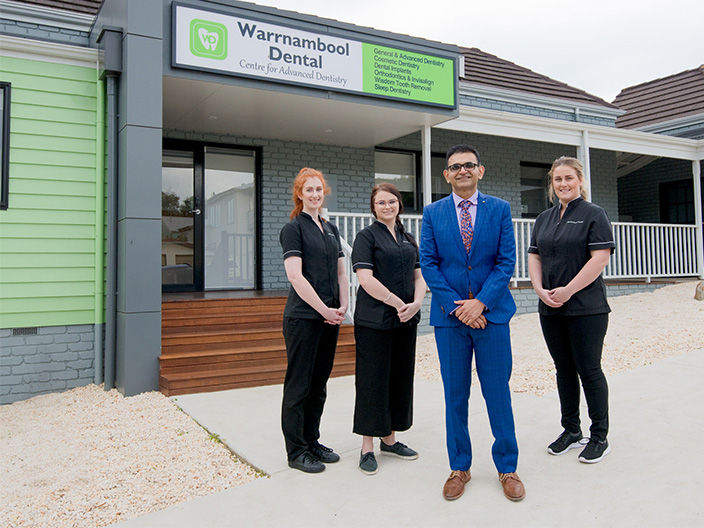
5
Reasons to Choose Us
Top-Rated Dentist
Creating the Best Experience
Find Out Why Our Clients Are Smiling
For Your Convenience
Easy Parking in CBD
Dental Expertise
Dr Nishant Hurria
Smile Now, Pay Later
Start Smiling Now!
Claim From Health Funds.
Easy Setup at practice.
Advanced Technology
State-of-the-art Technology
Smile with Full Confidence!
Our Practice
Warrnambool Dental
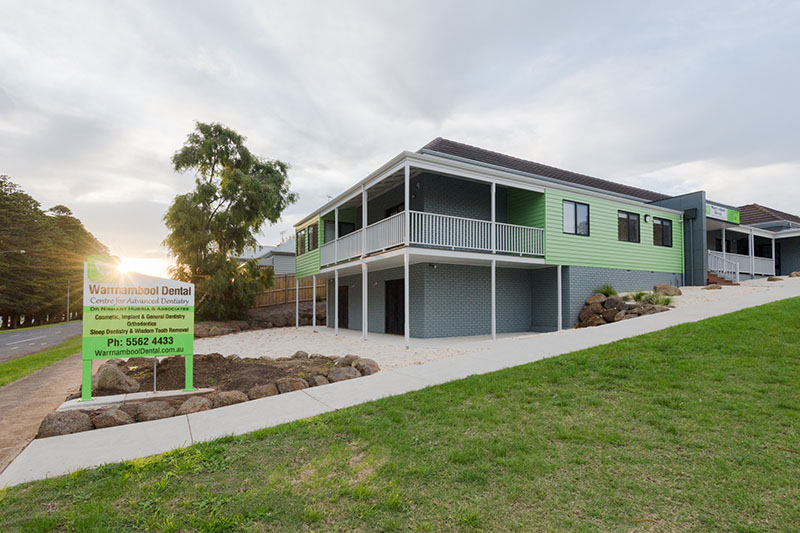
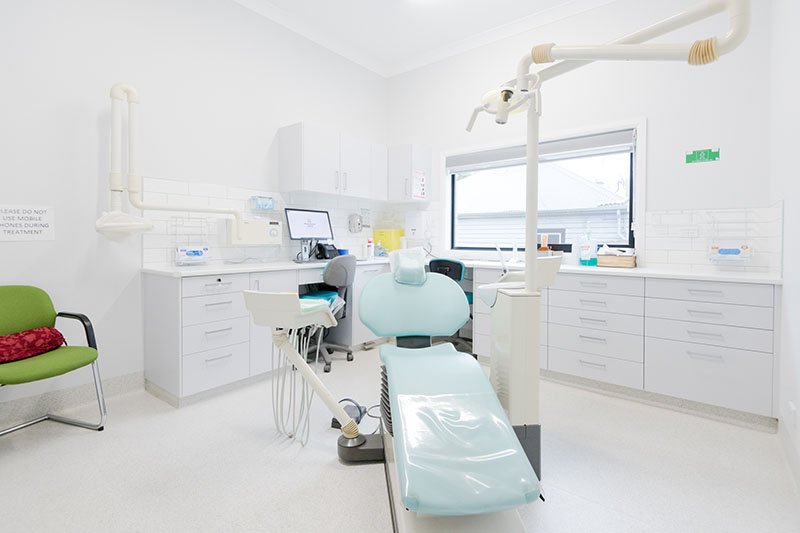
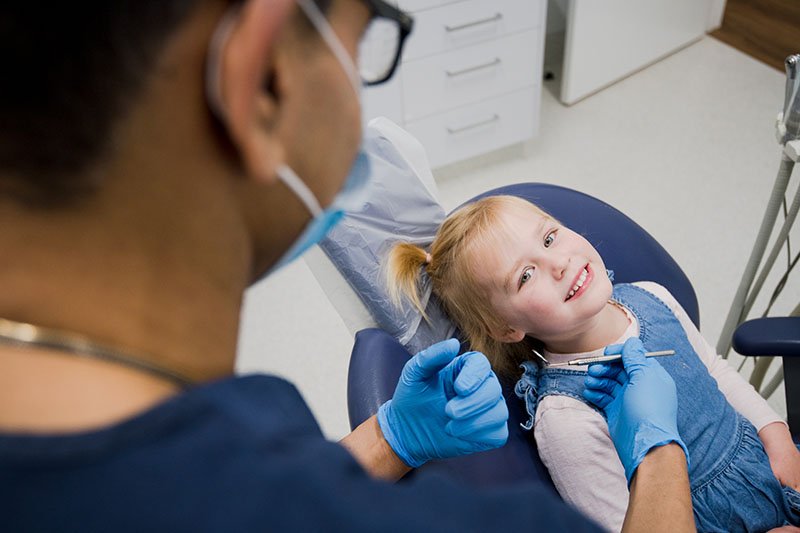
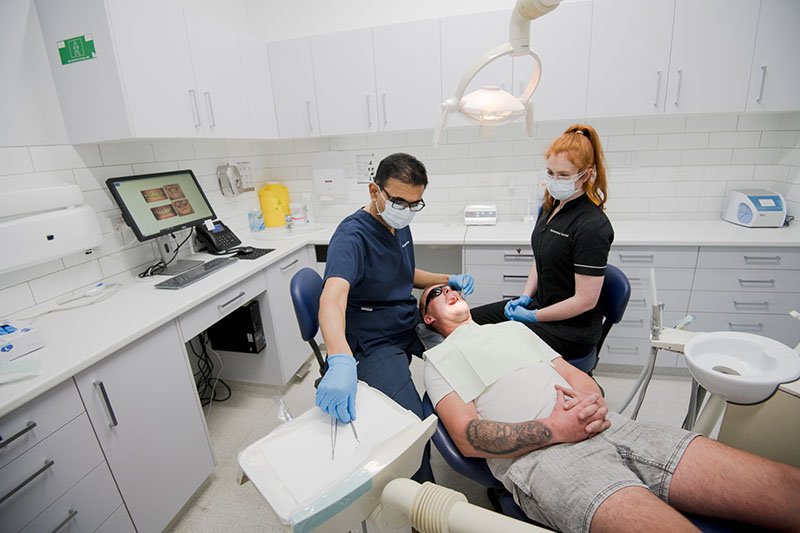

“Quality is never an accident; it is the result of high intention, sincere effort, intelligent direction and skilful execution; it represents the wise choice of many alternatives.”
Symptoms of TMJ or TMD

TMD or TMJ symptoms vary widely and include:
- Sore jaw muscles
- Toothache or dental pain
- Sinus/nose issues
- Pain in the neck or back
- Frequent headaches or migraine
- Tinnitus (ringing ears) or ear pain
- Incorrect bite
- Pain chewing or when opening mouth wide
- Inability to open mouth wide
- Pain opening or closing mouth
- Facial pain or tension
- Difficulty moving jaw
Causes of TMD
- Causes vary widely and can include:
- Injuries to jaw or jaw joint
- Rheumatoid arthritis or osteoarthritis
- Ear infection
- Poor dental work
- Bruxism, or grinding of the teeth
- Persistent clenching of the jaw
- Stress
- Occlusion issues
- Anatomical abnormalities

TMD Diagnosis
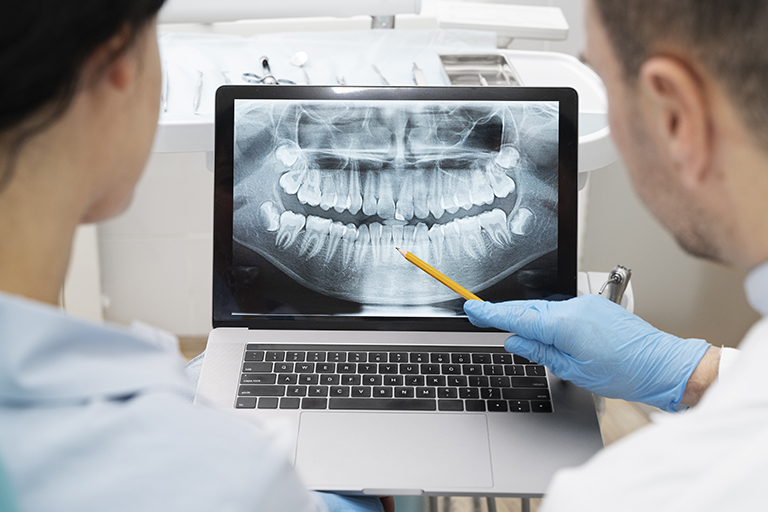
Your Warrnambool dentist will discuss your symptoms and examine your jaw by doing the following:
- Listen to and feel your jaw when you open and close your mouth
- Observe the range of motion in your jaw
- Press on areas around your jaw to identify sites of pain or discomfort
- If your doctor or dentist suspects a problem, you may need:
- Dental X-rays to examine your teeth and jaw
- CT scan to provide detailed images of the bones involved in the joint
- MRI to reveal problems with the joint’s disk or surrounding soft tissue
Warrnambool TMJ Treatment
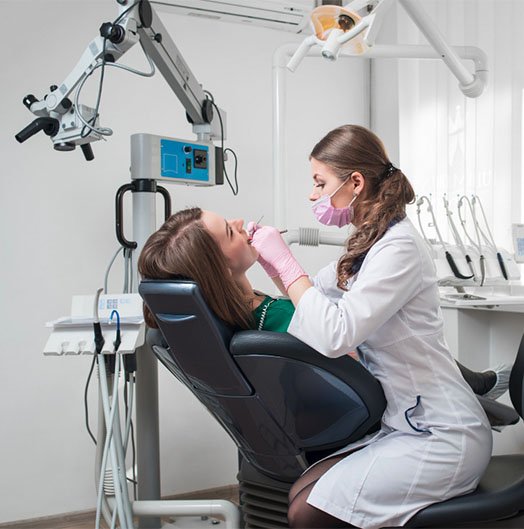
Depending on the diagnosis, treatment may include:
Orthodontics
In many cases, TMD is the result of dental problems and can be resolved with orthodontic treatment or restoration.
Wearing Mouthguards and Splints
Treatment for TMJ or TMD may include wearing a special mouthguard that protects your teeth from damage when you grind your teeth at night.
Dental Appliance
Depending on the diagnosis, your dentist may recommend that you wear equipment such as an oral splint to correct the problem.
Surgery
If deemed necessary, you may choose to receive surgical treatment for your condition. Surgery may be required to relieve pain in the case of structural disorders that cannot be treated using any other method.
Before surgery can be considered necessary, you may receive X-rays, an MRI (magnetic resonance imaging), and a CT scan to diagnose the condition properly.
If surgery is deemed necessary, you may be referred for maxillofacial, oral, or open joint surgery.
We are here to help you answer these & more questions thoroughly.
Call Warrnambool Dental.
A smile can open doors and change lives.
(03) 5562 4433
Frequently Asked Questions
About Smile Makeovers
1. What is a smile makeover?
A smile makeover is a combination of two or more cosmetic dental procedures – a treatment plan tailored to your unique needs. Warrnambool Dental can combine many cosmetic procedures, including teeth whitening, dental bonding, and veneers.
2. What can I do to maintain a bright and healthy smile from home?
With regular dental care, you can help your whitening results last longer, keeping your smile brighter and more beautiful.
Every day, you should brush your teeth twice and floss at least once. Limiting drinks with dark pigments can also reduce the reappearance of stains. With good oral hygiene, you can enjoy a gorgeous, healthy smile.
ABOUT THE AUTHOR
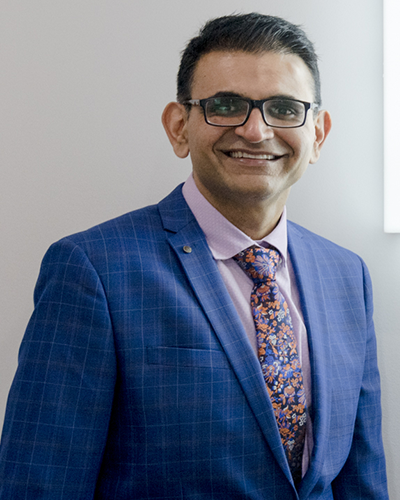
Dr Nishant Hurria
Dr Nishant Hurria is an Australian-based health professional and the principal dentist of Warrnambool Dental with a special interest in Crowns & Bridges and Dental Implants.
